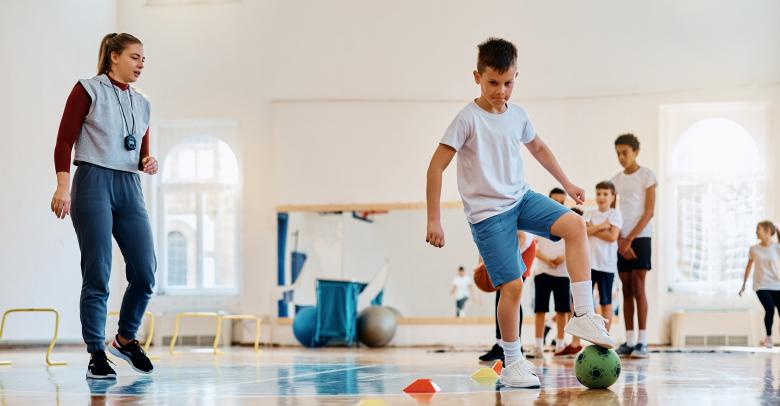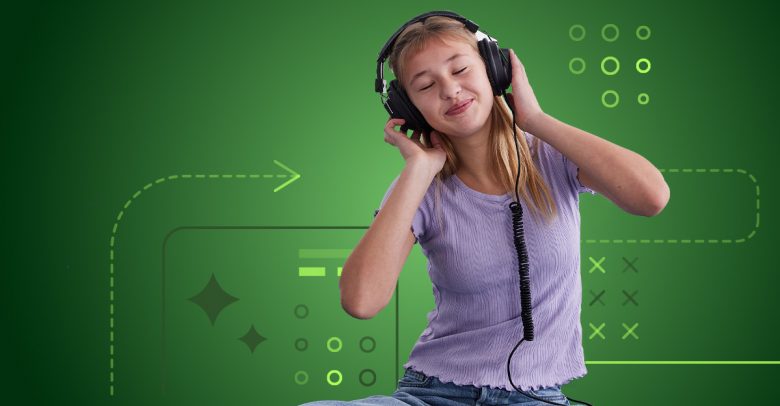Teaching physical education can be challenging for any number of reasons, from a lack of equipment to keeping students engaged. To meet these challenges, some educators are turning to technology in physical education to create more dynamic classes that work for students with a wide range of fitness levels. Here are some examples of technology and how you can use them in your classes.
Pedometers
Pedometers are probably one of the first examples that come to mind when discussing technology and physical activity. Measuring steps is one of the easiest ways to measure physical activity, and pedometers can be used by a wide range of age groups. Another benefit of using pedometers is they can be used in a variety of tasks, such as doing household chores or scavenger hunts. One issue to remember with pedometers and heart rate monitors is that target rates are different for children with different abilities and activity levels, so be sure to plan accordingly.
Heart Rate Monitors
Heart rate monitors are used to measure a student’s pulse while engaged in activities. Using these devices allows educators and students to aim for an individualized target heart rate that is challenging to maintain but not too difficult to achieve. By customizing student goals, students feel more involved and more empowered to continue with fitness. Once more, there are different target rates depending on age and ability, so remember to take those into consideration.
Health Tracking Technology
Taking the data used by heart monitors and pedometers is vital to creating a long-term plan for advancing health. Some pedometers and heart monitors have connectivity built in, which makes the process easier. Using tracking programs or monitoring systems provides educators with tools useful in creating custom goals for the students. These kinds of programs allow for instant feedback so students have the opportunity to adjust their goals and how they wish to achieve them.
Mobile App Technology
With the explosion in mobile technology, physical educators have a wealth of tools. For example, MapMyFitness and MyFitnessPal allow for movement tracking as well as nutritional help. Some apps also assist with improving athletic activities such as basketball. Then, the students can compare what they’re doing with what the app instructs. Another idea is to use Google Earth to show students distances and challenge them to walk those distances—for example, the height of Mount Everest or the distance between their home and another location.
Physical Education Videos
Sites such as YouTube and Vimeo offer a wide range of tools for educators. If an educator wants to teach something such as dance or yoga, there are a variety of how-to videos that can apply to any age group. Additionally, some educators create video projects where student groups create an instructional video to teach something to the rest of the class.
Gaming Technology
There is a steady market of “exergames,” such as Wii Sports and Dance Dance Revolution. To implement this technology in physical education or any classroom, have a few students use the controllers (taking turns is crucial!) and have the rest of the class follow along with them. For these games and any video resources, projecting the video on a wall or screen allows everybody to see what is happening.
Adapting new technology in physical education can be challenging for instructors. Sometimes, physical education teachers can feel as if technology does not apply to their subjects. However, by embracing technology, instructors create a more varied and dynamic classroom. They are also able to appeal to the interests of many different students and ability types. Using technology to teach physical health allows educators to create more activities and show the importance of setting and achieving goals.






Leave a Reply